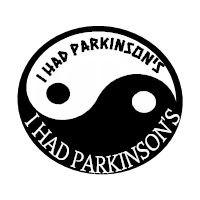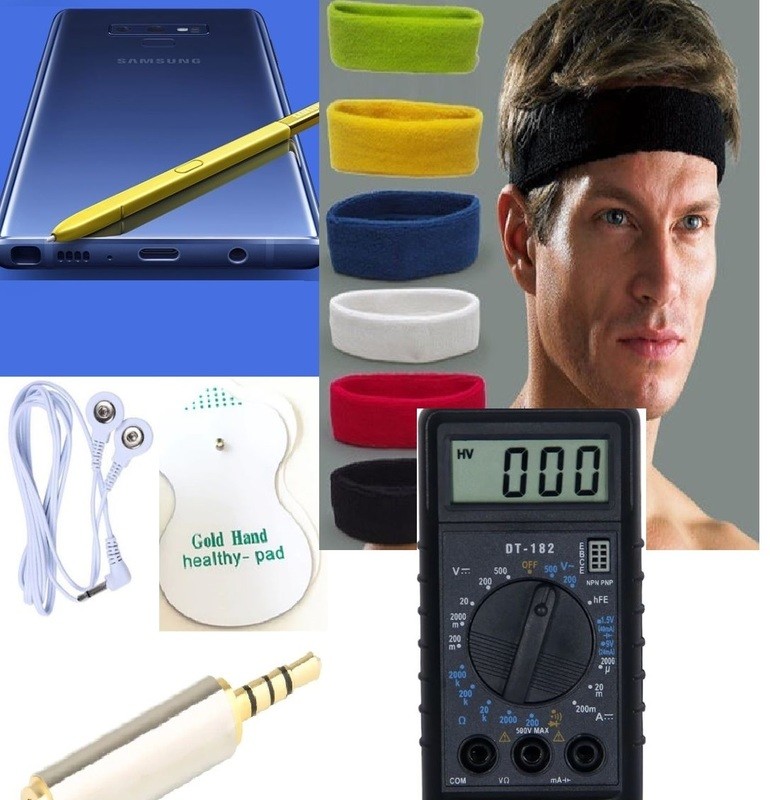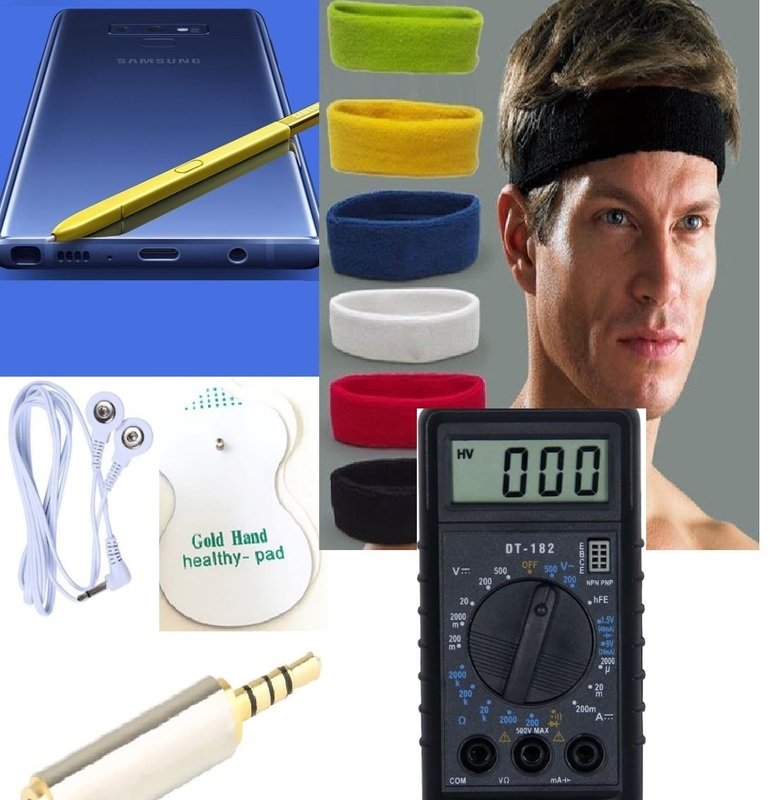

Payments accepted only in BITCOINS!
.......How it works? .......
Connect the KIT from next page to your CELL and play the video "tdcs cover sound 1" from our youtube channel!
Please, use the Max Audio volume on your device!
Featured Products

Why tACS?
Transcranial Alternate Current Stimulation (tACS) for Parkinson’s,Schizophrenia, tumor retardation, cognitive enhancement, Tinnitus and motor performance.
•Reduce pain
•DARPA’s Accelerated Learning
•Enhancing Motor Ability
•Improving Visual Audio-Pitch Discrimination
•Increasing Math Ability
•Improving Socialization
A noninvasive stimulation technique that induces robust excitability changes within the stimulated cortex, tDCS is increasingly being used in proof-of-principle and stage IIa clinical trials in a wide range of neurological and psychiatric disorders.
What are tACS sessions?
A session refers to the time you have the electrodes on your head with an electrical current surging through your brain, generally, these sessions are roughly 10 – 30 minutes tops and consist of 1 – 2 milliamps of current.
How safe is tACS?
tACS has been shown to be extremely safe when properly applied to healthy adults. Thousands of studies have been done worldwide and to date, there has been no evidence of any toxic effects. As long as the proper tDCS safety protocols are followed there is no reason for anything to go wrong.
Are there any side effects of tDCS?
A few commonly reported side effects from tDCS are tingling or itching underneath the electrodes while the device is turned on, headache, fatigue and flashes of light (usually happens when electrodes are near the eyes, called phosphenes). The effects do not last long and disappear within minutes to hours after stimulation.
Anode? Cathode?
Since tACS uses your head as an electrical circuit, BUT A SINE WAVE for interacting with the brain’s natural cortical oscillations it DOES NOT DEPEND ON a positive (anode) and negative (cathode). The effects are related to the manipulation of brain oscillations and thus information transfer and the corresponding biochemical alterations which may result.
ABOUT tACS...
Opposite to CLASSIC tDCS which depend only of DIRECT CURRENT STIMULATION for NEURON ACTIVITY ENHANCEMENT.
(Transcranial Alternating Current Stimulation (tACS).Instead of applying a direct electrical current, tACS oscillates a sinusoidal current at a chosen frequency to interact with the brain’s natural cortical oscillations.When a single, consonant frequency is applied the exogenous oscillation can synchronize with the brain’s endogenous frequency. When several oscillations are pulsated, desynchronization of cortical oscillations can occur. As such, tACS effects are contingent on the frequency, amplitude, and phase applied. tACS applied in the EEG frequency range (0.1-80Hz) can entrain neural oscillations, augmenting them. In higher ranges (1-5 kHz), oscillation interaction is unlikely to occur, but cortical excitability has been suggested.but the effects are related to the manipulation of brain oscillations and thus information transfer and the corresponding biochemical alterations which may result. Some areas tACS is currently getting outstanding results include Parkinson’s, Schizophrenia, tumor retardation, cognitive enhancement, Tinnitus, and motor performance.
Mary Smith studies the potential of transcranial direct current stimulation (tDCS), brain stimulation technology, to help manage symptoms of Parkinson's Disease (PD). She explains how she and her team implement the technology, what positive results have been observed, what is anticipated for the future, and why her mother -- who has Young-Onset PD -- is vehemently opposed to participation.

About tACS

Joan Doe,
neurology department, at Johns Hopkins Hospital
Since the rediscovery of transcranial direct current stimulation (tDCS) about 10 years ago, interest in tDCS has grown exponentially. A noninvasive stimulation technique that induces robust excitability changes within the stimulated cortex,
tDACShow often!?
Discussion:These preliminary data suggest safety and tolerability of twice-daily30 min tDCS even in a prolonged protocol. Conclusion: tDCS is gaininggrowing importance as a therapeutic tool in neuropsychiatricdisorders and seems to be safe even when applied extensively.
What are tACS sessions?
Asession refers to the time you have the electrodes on your head withan electrical current surging through your brain, generally, thesesessions are roughly 10 – 30 minutes tops and consist of 1 – 2milliamps of current.Howsafe is tACS?tACShas been shown to be extremely safe when properly applied to healthyadults. Thousands of studies have been done worldwide and to date,there has been no evidence of any toxic effects. As long as theproper tDCS safety protocols are followed there is no reason foranything to go wrong.Arethere any side effects of tDCS?Afew commonly reported side effects from tDCS are tingling or itchingunderneath the electrodes while the device is turned on, headache,fatigue and flashes of light (usually happens when electrodes arenear the eyes, called phosphenes). The effects do not last long anddisappear within minutes to hours after stimulation.Anode?Cathode?SincetACS uses your head as an electrical circuit, BUT A SINE WAVE forinteracting with the brain’s natural cortical oscillations it DOESNOT DEPEND ON a positive (anode) and negative (cathode). Theeffects are related to the manipulation of brain oscillations andthus information transfer and the corresponding biochemicalalterations which may result. Opposite to CLASSIC tDCS which depend only of DIRECT CURRENT STIMULATION for NEURON ACTIVITY ENHANCEMENT.
What do the placement codes mean?
Please,follow the diagram provided with this application for INSOMNIA SETUP.
https://www.facebook.com/photo.php?fbid=2008444105891147&set=p.2008444105891147&type=3
FORMORE SETUPS PLEASE, SUBSCRIBE TO OUR FREE EBOOK, ON OUR WEBSITE:
https://anycellphone2tdcsdevice.ecwid.com/#!/~/orders/offset=0
On each placement page you will see a diagram of a head . Inside each dot will be a code (e.g. FP1), this code refers to the international 10-20 electrode placement system. This helps to ensure more accuracy when using our collection of placements.
https://en.wikipedia.org/wiki/10%E2%80%9320_system_(EEG)
tACS SETUPS:
tDCS is increasingly being used in proof-of-principle and stage IIa clinical trials in a wide range of neurological and psychiatric disorders. Alongside these clinical studies, detailed work has been performed to elucidate the mechanisms underlying the observed effects.






